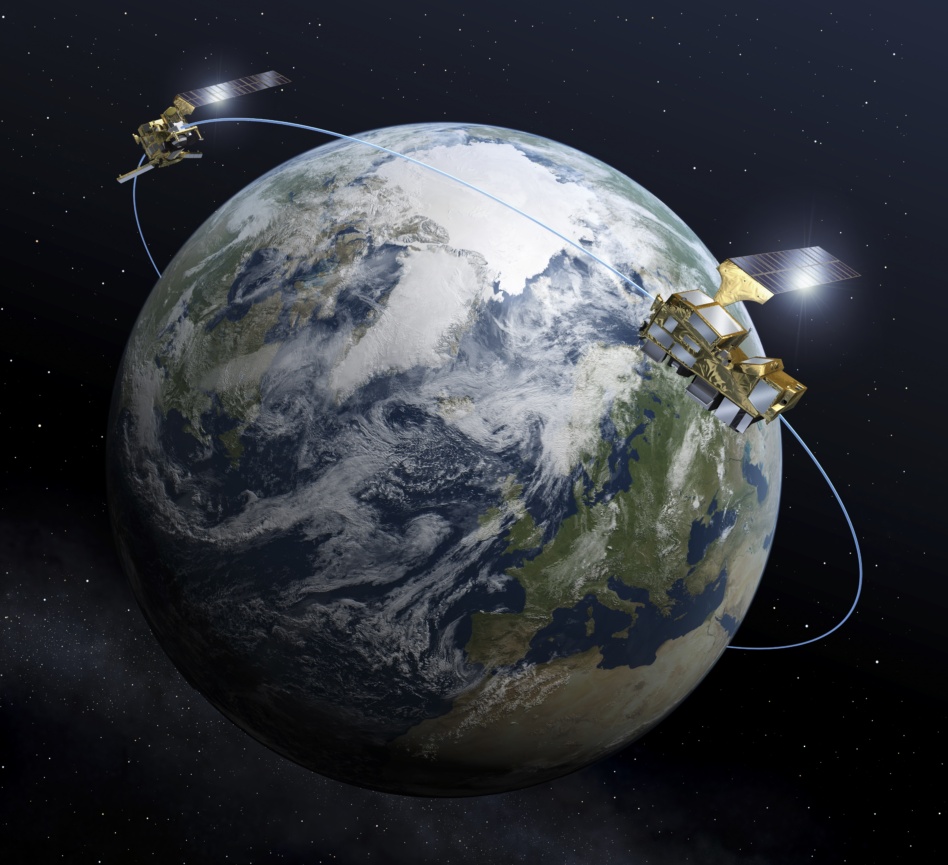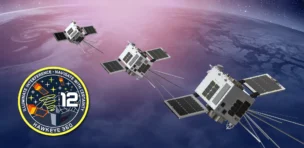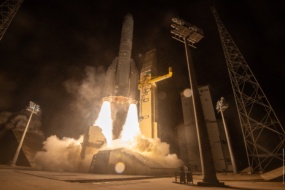Eumetsat’s first MetOp Second Generation polar-orbiting satellite (MetOp-SG-A1) is set to launch next week—a critical first step in boosting weather forecasting and climate monitoring in Europe.
The launch aboard an Ariane 6 from French Guiana marks the beginning of a six-sat constellation that will work with, and then replace, the first generation of sats that began monitoring the planet in 2006.
A decade ago, Eumetsat signed a €1.3B contract with Airbus Defence and Space to develop the new and improved sats. Since then, Airbus has directed those funds across Europe’s space supplier network.
The MetOp second-gen series includes tech developed by the French space agency (CNES), the German Aerospace Center (DLR), Leonardo, RUAG, OHB, and countless smaller parts and systems suppliers across the continent.
Meet Beyond Gravity: One supplier in particular—Beyond Gravity—shared with Payload the extent to which its fingerprints are on the updated sats.
- The Swiss company, which is part of RUAG International, supplied the radio occultation instrument for all six sats, helping to measure atmospheric temperature and humidity.
- The company also supplied the thermal insulation architecture to keep the weather sats at an operational temperature in orbit.
Beyond Gravity also contributed to the sat’s ride to orbit, supplying parts for Ariane 6, including:
- The carbon-fiber-composite material that makes up the rocket fairing;
- The payload adapter that holds the sat to the launcher during liftoff, and deploys the sat into its orbit;
- The insulation around Ariane 6’s rocket engines, to protect the rest of the vehicle from the heat of the exhaust;
- The gimbal mechanism for the upper stage of the rocket, which serves as a joint to control the rocket’s trajectory.
The MetOp mission is yet another example of how important government money is in underpinning the European space economy.
“Revenues from institutional missions (ESA and NASA) are a vital part of our overall business. ESA contracts are of particular importance, to provide initial funding for new technologies and products that are commercialized thereafter,” Adrian Girschik, Beyond Gravity’s director of sales and product strategy, told Payload via email.
Future planning: As ESA gears up for its November ministerial meeting, in which the agency and its member states will determine how much funding they will commit to for the next three years, smaller suppliers will be watching closely to see how much government investment they can expect in the years to come.
Beyond Gravity is lined up to contribute to multiple missions already in the books, including Gateway at the moon, EnVision to Venus, the Harmony SAR mission, the Laser Interferometer Space Antenna (LISA), and the ExoMars Rosalind Franklin rover, according to Girschik.
Correction: This story was updated to specify that Beyond Gravity is a part of RUAG International.




